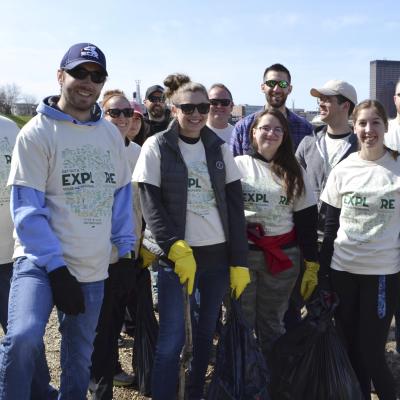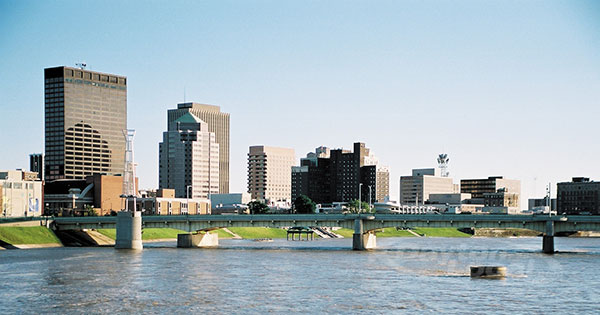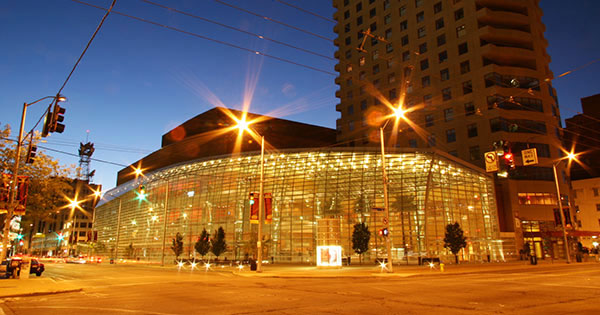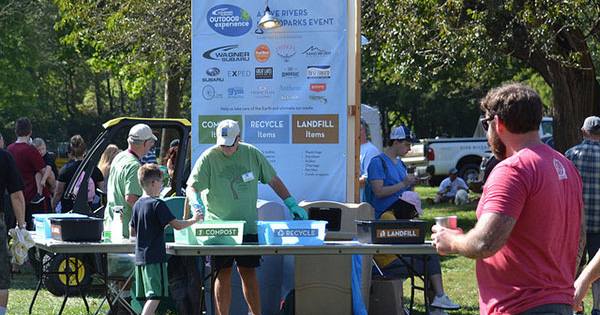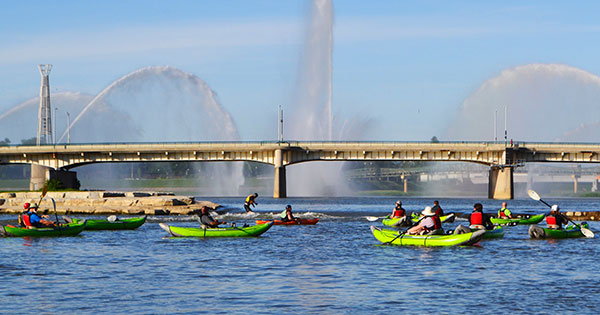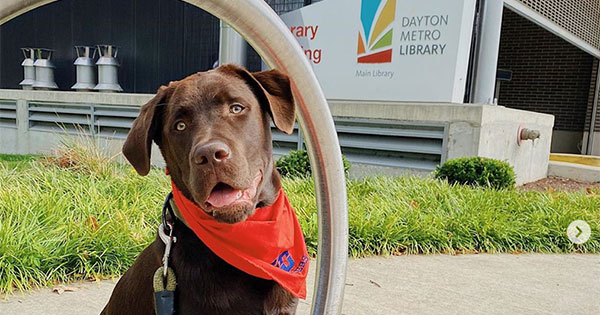Dirty Thoughts
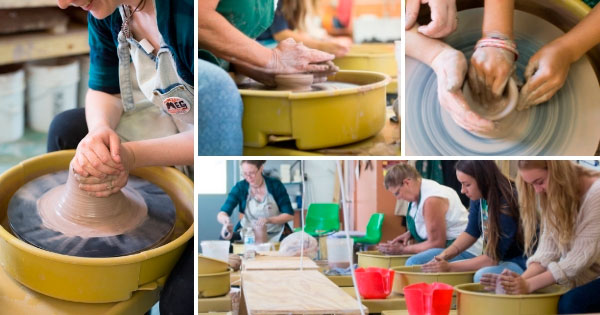
It hides just beneath the surface. It is all over Ohio. It moves mountains and it's making history. But is it dirty?
Dirty Thoughts
Step outside with me. Look down. What do you see? You likely answered concrete, grass, dirt. But what you likely don’t answer is clay, because it hides just beneath the surface. It is all over Ohio. In the creek beds, under the sod, huge clay deposits created by the erosion of water breaking down the mountains over thousands of years and moving them beneath the ground. Now go back inside and open your kitchen cabinets. What do you see? Likely plates, mugs and cook ware. Really you are seeing more clay! Your coffee mug, your stoneware dinner set, your china, often the tile in your bathroom and even your toilet! All these things are made of clay. ‘But isn’t clay dirty?’ You ask. No! Because of fire!
Let me explain. Humans discovered thousands of years ago that the earth provided an inorganic, non-metallic solid, all on its own. It’s plastic enough when combined with water to shape into all sorts of useful and beautiful vessels or tools but when the water evaporates and the clay is exposed to extremely high temperatures in the fire, it becomes a permanent and solid form of crystalline structure whose uses are unending. From tiles on your bathroom floor to tiles on the outside of a space shuttle that keep it from burning up in the atmosphere, the uses of clay in our lives will surprise you.
The craft of a potter is to learn the science and art of working with this abundant natural resource. Over 65% of the earth is clay. And just as there are thousands of kinds of rocks and minerals, there are many kinds of clays. As the material comes from the erosion of stone and mineral deposits, each type is a different color and texture. Doctors have even discovered that fired clay, known as ceramic, can be one of the most successful structures for growing new skin for a skin graft or even replacing human bones.
The tradition of making mugs, bowls and other cookware, known also a pottery, is not only a useful craft but also a very therapeutic hobby. The process begins with gathering the clay from the earth. Before modern clay companies prepared and processed it for us, humans had to dig up and prepare the clay each time they needed to create something new. Once dug up the clay must be “cleaned” of stray rocks and other debris. Then just the right amount of water is added to make the clay plastic and workable. Then the creation begins. One of my favorite parts.
Clay can be sculpted by hand or spun on a potter's wheel, more liquid clays can be poured into molds to form shapes while stiffer, dryer clay can be carved like stone. Once formed and dried completely, the creations are then fired in a kiln. The clay must reach a temperature of over 1900° F to completely transform from its plastic state to its permanent crystal-like structure. Clay that has never been fired can be reused endlessly, but after this firing, the creation will never change back. This is why pottery has told us so much of what we know of our ancestors. The vessels of the past tell us stories of their lives. Even broken pots can be carefully pieced back together to tell their original story.
Working with clay really is moving mountains and making history, one small lump at a time.
Megan Smallwood is a local potter & ceramics teacher at Decoy Art Center and Stivers School for the Arts.



